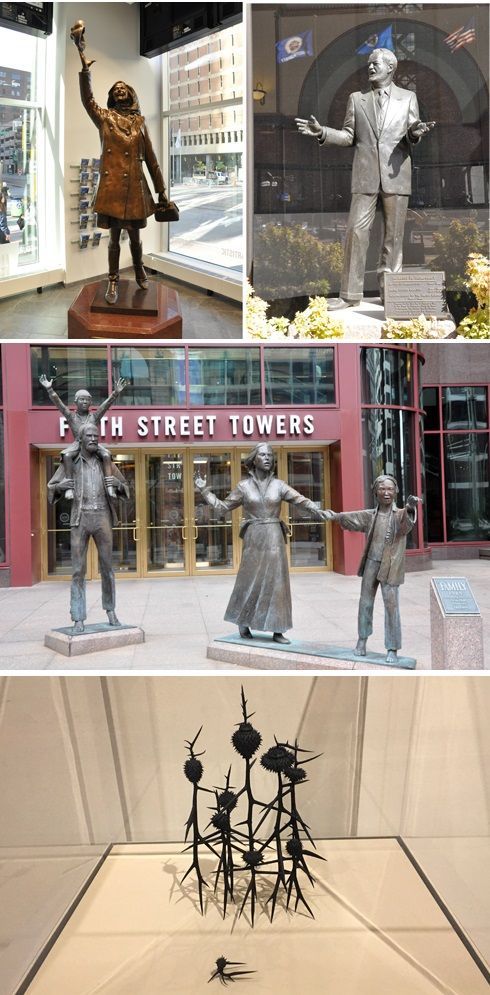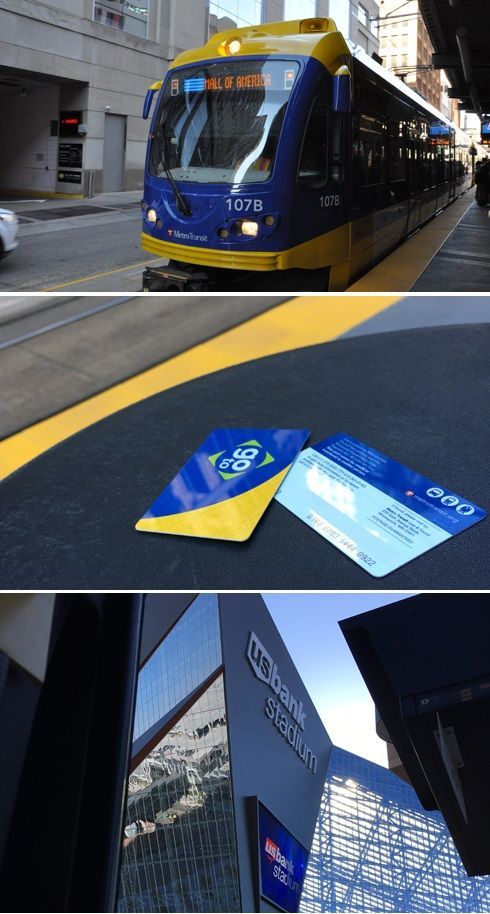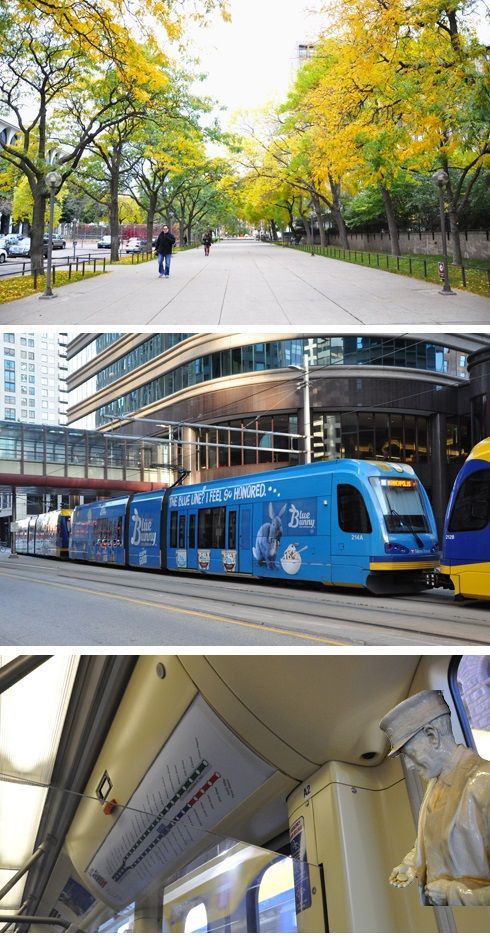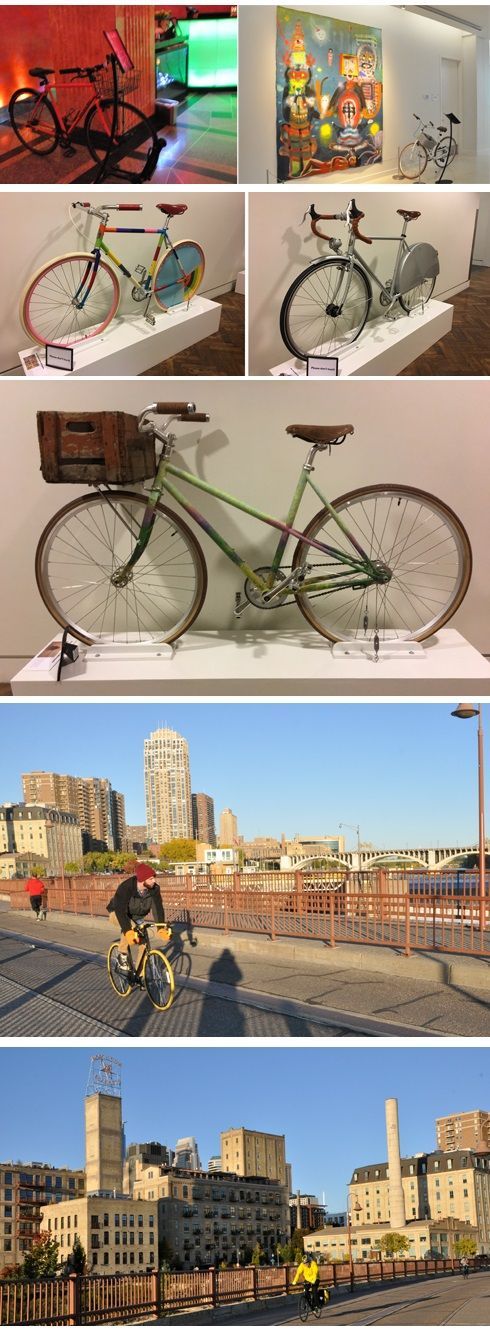- Revenue Cycle Management
- COVID-19
- Reimbursement
- Diabetes Awareness Month
- Risk Management
- Patient Retention
- Staffing
- Medical Economics® 100th Anniversary
- Coding and documentation
- Business of Endocrinology
- Telehealth
- Physicians Financial News
- Cybersecurity
- Cardiovascular Clinical Consult
- Locum Tenens, brought to you by LocumLife®
- Weight Management
- Business of Women's Health
- Practice Efficiency
- Finance and Wealth
- EHRs
- Remote Patient Monitoring
- Sponsored Webinars
- Medical Technology
- Billing and collections
- Acute Pain Management
- Exclusive Content
- Value-based Care
- Business of Pediatrics
- Concierge Medicine 2.0 by Castle Connolly Private Health Partners
- Practice Growth
- Concierge Medicine
- Business of Cardiology
- Implementing the Topcon Ocular Telehealth Platform
- Malpractice
- Influenza
- Sexual Health
- Chronic Conditions
- Technology
- Legal and Policy
- Money
- Opinion
- Vaccines
- Practice Management
- Patient Relations
- Careers
Minneapolis' Memories Part 1: Minnesota's Largest City Holds on to Its History
History may interest the travel writer. But not all travelers care about history. Let’s look at all this in Minneapolis – as seen in October 2016.
“History will be kind to me for I intend to write it,” said Winston Churchill. But Bob Dylan had a caution: “Take care of all your memories. For you cannot relive them.”
History may interest the travel writer. But not all travelers care about history.
Travelers’ prime concern when they come on vacation to a destination, might well be: How expensive are cab fares from the airport to downtown? Is public transportation satisfactory? Is this a walking city? Is there a good choice of hotels and restaurants? Is it noisy? Is it clean? Does it have a buzz, is it interesting, is there varied shopping, is anything going on, is it fun?
Let’s look at all this in Minneapolis — as seen in October 2016. First, the basics:
Well, there are plenty of cabs, however, Uber has changed everything, everywhere, including in Minneapolis. Public transportation is as satisfactory as in most European places and a lot better than in most American cities. The Blue Line train is accessible from both Airport Terminal 1 (Lindbergh) and Terminal 2 (Humphrey) with choices five stops one way to the Mall of America with its 520 stores or, the other way, 10 or so stops to the downtown stations. A high quality map readily available in town and provided free by Minneapolis City by Nature, a part of Meet Minneapolis, shows the pride this city has in its city parks. The City by Nature theme may be one of the reasons the city is so clean; it’s hard to drop litter surrounded by such green spaces and the mighty Mississippi itself sweeping past. There are many hotels and restaurants of all types and, as is common in university towns, plenty of reasonably priced restaurants that would appeal to students.
It does have a buzz. Changes downtown where 40,000 people now live include a new building of housing and condos and, as more people move in, some more retail companies and smaller businesses wish to follow. Seventeen Fortune 500 companies have a presence in the area and support many new ideas such as the MidTown Global Marketing in a former Sears warehouse. And just a fun fact, the original Sears catalog was published in Minneapolis. The building is now an internationally themed public market with over 50 vendors whose wares vary from fresh groceries to ethnic art; it is the second-largest building in Minnesota in terms of leasable space after the Mall of America. “There is no better place in the Twin Cities to satisfy your senses,” says its website.
In contrast sprawls the 23-year-old Mall of America with its 520 stores — and still expanding. The competition is fierce. The Minneapolis StarTribune this month refers to the development of future malls in Florida and New Jersey that could surpass the Mall of America in size despite the 2015 $325 million update.
The city is growing, too. The new US Bank Stadium has spurred development and has already been named as the site of Super Bowl 2018. In the Paisley Park building, in nearby Chanhassen, the estate of musician Prince has been turned into a museum to this popular and gifted personality who could play 27 different instruments. When he died in April 2016 aged 57 and the local radio station in tribute played all his compositions; it took three days.

The statue of Mary Tyler Moore, at the moment due to street construction, is housed in the Minneapolis Visitors Information site on Nicollet at 5th street. This is where you can buy a Metro Transit Pass and check out the souvenirs available for purchase. It is across the street from the Nicollet Station, a convenient departure point for using your Transit Pass. Hubert Humphrey (Vice President under LBJ). Statues on Fifth Street, Family 1989 by Douglas Olmsted Freeman. Family Portrait 2009 by David Sengel at the Minneapolis Institutes of Art.
Others Minnesota celebrities beyond Prince Rogers Nelson: Hubert H. Humphrey was a native -- Terminal 2 at the airport and the now-demolished Metrodome were named after him. Charles Lindbergh and Judy Garland were Minnesota locals, too, and beloved Bob Dylan of this year’s Nobel Prize in Literature was born here and spent a year at the University of Minnesota. Mary Tyler Moore, the distinguished TV actress played a fictional character based in Minneapolis during her popular show.

The convenient go-to cards. The new US Bank Stadium, home of the 2018 Super Bowl.
A very satisfying sight as you walk around downtown is to notice, although the Mall of America must have hurt downtown businesses, nevertheless established retailers like Macy’s are still there in the heart of the city in their solid limestone buildings that were made to last. In European cities those areas might be called Old Town.
Yet Minneapolis’ growth has allowed it to develop thought-provoking new areas in the North Loop and Warehouse District. Away from the construction the 197 small urban parks bring a degree of green serenity to people walking in the city and, if they get tired walking, the Metro Transit system is always there. The train system has a Germany-style efficiency not always seen in American cities, namely an ability to perform on time. Both the public and visitors learn that they can count on that, it sure facilitates planning.

An urban park. The Blue Line train. Train interior showing map of route above entry door. (Insert of Train Conductor checking his watch as one of the Ghosts in lobby to Renaissance the Depot Hotel.)
Local citizens have choices beyond walking and taking public transportation: the bicycle. Minneapolis has been named America’s Best Bike City by the Copenhagenize Design Co., a Danish design firm that annually publishes a worldwide index of bike-friendly cities. Minneapolis is No. 18 on the world list, which is led by the Danish city Copenhagen and two Dutch cities: Amsterdam and Utrecht.

The lobbies of both the (top left) W Foshay and (top right) Le Meridien Chambers hotels feature bicycles as art — and the Minneapolis Institute of Arts carries that theme further with the help of Minneapolis-based Handsome Cycles which has designed limited-edition Mia 100 Year Commemorative Bicycles available for purchase. Cyclists enjoying the morning sun on the Stone Arch Bridge are pleased, of course, to use any brand of bicycle.

In 1881, construction began on the limestone and native granite railroad bridge over the Mississippi that carried train traffic until 1965. It began its rehabilitation in 1980 and is now a key link for hikers and cyclists taking the St. Anthony Falls Heritage Trail.
Where powerful locomotives once hauled heavy flour loads from the mills of Minneapolis across the United States (“Enough to feed the world,” says a guide), now visitors stroll slowly across the 23 arches of the only stone bridge across the Mississippi. As Bob Dylan also sang, “The times they are a-changin’.”
Change is hard, say the experts, yet it may be unavoidable. The speakers at a Future Med conference in San Diego once said, “If you don’t create disruption yourself in your own company, others will do it for you.” And the popular inspirational speaker and author with the odd identity of C. JoyBell C. is quoted as saying, “Last night I lost the world, and gained the universe.”
Next week we will see what Minneapolis lost — at the start of the 20th century and what it gained, how this spunky city made changes to regain its eminence.
*All photography by the authors
The Andersons, who live in San Diego, are the resident travel & cruise columnists for Physician's Money Digest. Nancy is a former nursing educator, Eric a retired MD. The one-time president of the NH Academy of Family Physicians, Eric is the only physician in the Society of American Travel Writers. He has also written five books, the last called The Man Who Cried Orange: Stories from a Doctor's Life.
